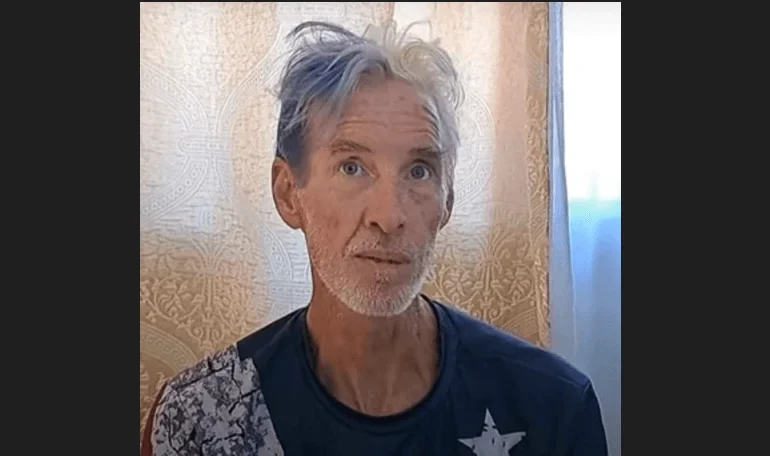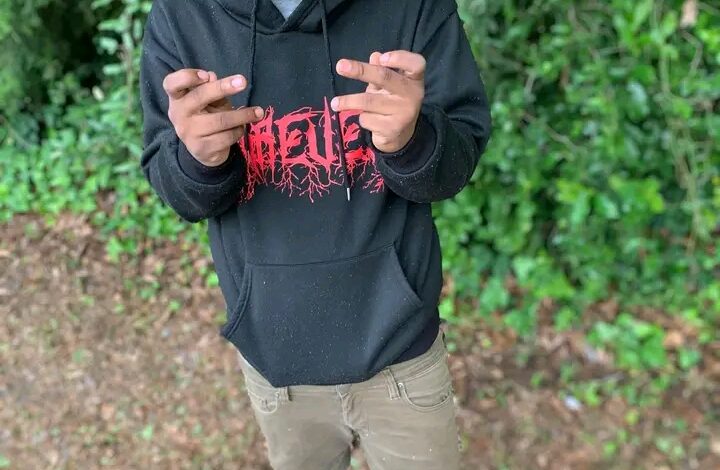Suspect in Trump Assassination Attempt, Ryan Wesley Routh, Previously Charged with Possession of Weapons of Mass Destruction
On a cold December night in 2002, the city of Greensboro witnessed a dramatic and tense confrontation that unfolded with a high level of intensity and complexity. The central figure in this standoff was Ryan Wesley Routh, a 36-year-old man whose actions led to a prolonged and dangerous situation. The incident began with a seemingly routine traffic stop, which quickly escalated into a high-stakes standoff involving law enforcement, a weapon of mass destruction, and a lengthy barricade.
The initial encounter between Routh and the police occurred when officers pulled him over for a traffic violation. As the officers approached his vehicle, Routh exhibited behavior that immediately raised their suspicions. Reports indicate that Routh, upon being stopped, reached for a firearm—a move that not only heightened the tension but also prompted the officers to act with increased caution. Realizing the potential threat posed by Routh, the officers attempted to diffuse the situation, but Routh had already set the stage for a more dangerous turn of events.
Rather than complying with the officers’ commands or surrendering peacefully, Routh chose to flee the scene. This decision marked the beginning of a tense pursuit that would lead to an extensive standoff. Routh’s flight from the traffic stop was not merely a desperate attempt to avoid arrest but a calculated maneuver that involved driving to a specific location. His destination was United Roofing, a local business where he would ultimately barricade himself, transforming the situation into a full-blown crisis.
Upon arriving at the roofing business, Routh took immediate and deliberate actions to secure his position. He managed to gain entry to the premises and effectively barricaded himself inside, setting up a defensive position against any potential attempts by law enforcement to apprehend him. This move initiated a prolonged standoff that would last for approximately three hours, during which time the building became the focal point of a high-stakes negotiation and tactical operation.
The standoff saw law enforcement officers deploying various strategies to manage the situation and ensure public safety. The Greensboro police, along with specialized tactical units, worked diligently to contain Routh and prevent the situation from escalating further. Their approach involved careful negotiation attempts, strategic positioning, and coordination with other emergency services to handle the crisis effectively.
The nature of Routh’s barricade situation was compounded by the presence of a fully-automatic machine gun, which was categorized as a weapon of mass destruction. The authorities were acutely aware of the potential danger posed by such a weapon and the increased risk it represented to both law enforcement officers and the surrounding community. This factor made the standoff even more perilous and underscored the need for a cautious and well-coordinated response.
Throughout the standoff, there were moments of heightened tension as negotiations progressed and law enforcement sought to persuade Routh to surrender. The negotiation process involved a delicate balance of addressing Routh’s demands while ensuring that the situation did not spiral out of control. The goal was to bring the standoff to a peaceful resolution, minimizing the risk of harm to everyone involved.
After several hours of negotiation and tactical maneuvers, the situation reached a resolution in the early hours of Monday morning. Authorities successfully managed to apprehend Routh without further incident or escalation. The arrest, which occurred at approximately 1 a.m., marked the end of a tense and protracted standoff that had drawn significant attention from both law enforcement and the local community.
In the aftermath of the standoff, Routh faced serious legal consequences. He was charged with carrying a concealed weapon, which was a direct result of his actions during the traffic stop. Additionally, the possession of the fully-automatic machine gun led to charges related to weapons of mass destruction. These charges reflected the severity of the situation and the potential threat posed by Routh’s actions.
The incident had broader implications for law enforcement practices and community safety. It highlighted the importance of preparedness and coordination in managing high-risk situations involving firearms and barricades. The response to the standoff demonstrated the need for specialized training and resources to effectively handle such critical incidents.
Overall, the December 2002 standoff involving Ryan Wesley Routh was a significant event in the context of law enforcement and public safety. It underscored the challenges faced by officers in managing dangerous situations and the importance of strategic response efforts. The resolution of the standoff, while ensuring Routh’s arrest, also served as a reminder of the complexities involved in handling high-stakes confrontations with armed individuals.




